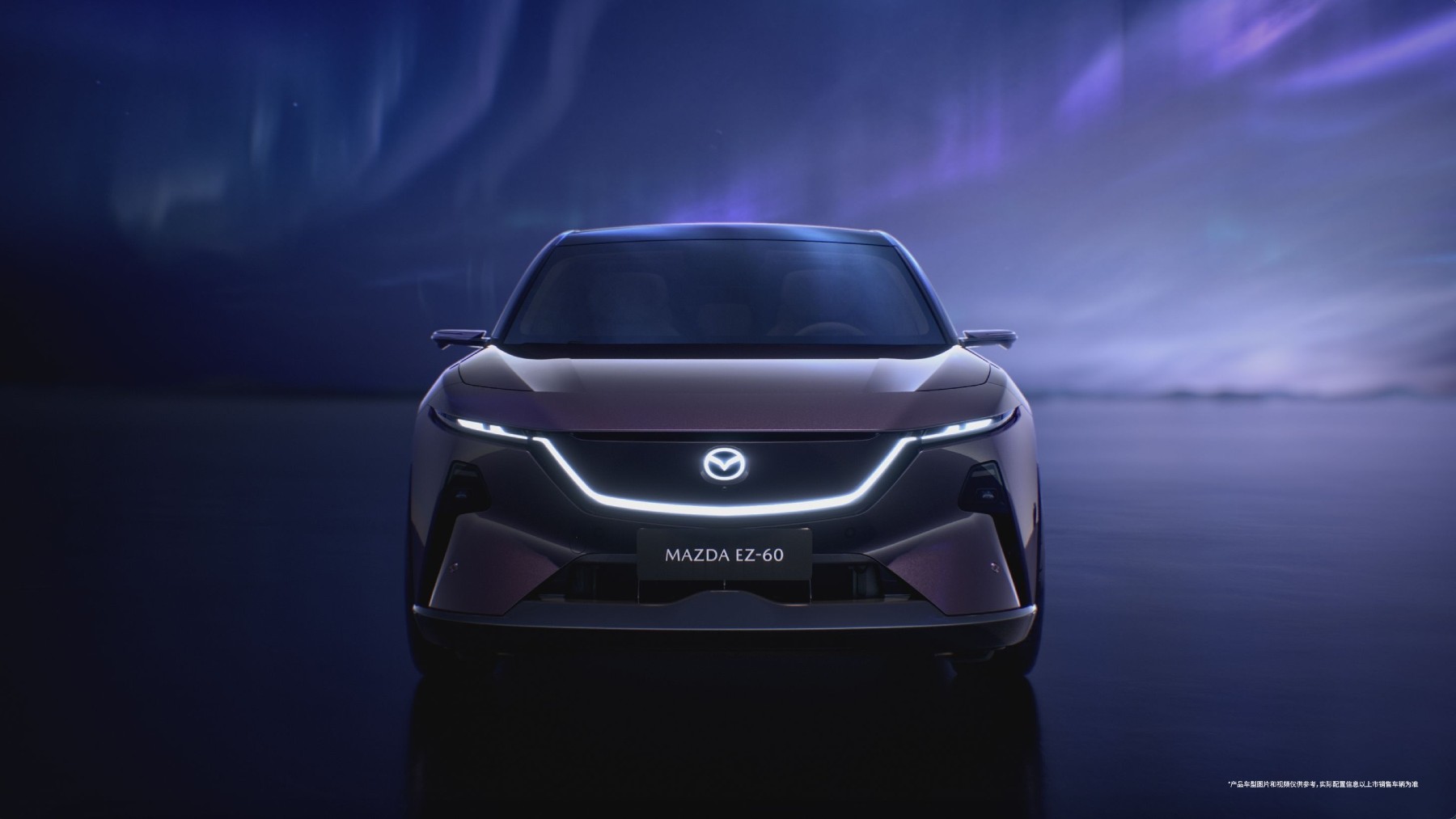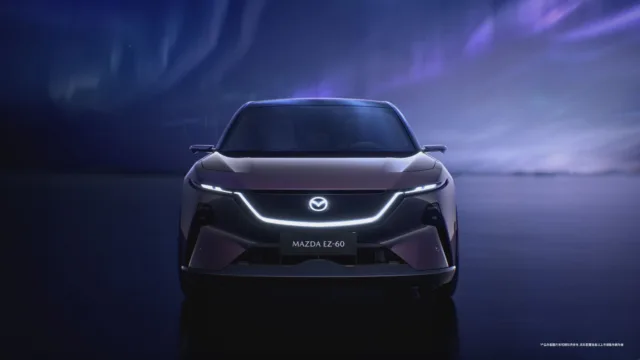
Japan is making a move that will impact the electric SUV market. Hydrogen may be the final big renewable fuel source to break into the mainstream. Over the past few years, electric cars have taken center stage, becoming common enough to win over even drivers who once doubted eco-friendly options. Still, EVs aren’t the only path forward. Hybrids are also making their mark, especially among those who continue to see combustion engines as more dependable. That belief, however, could soon shift with Mazda’s newest SUV.
Hydrogen paving the way for a new type of vehicle
The need for renewable-powered cars that cut carbon emissions is greater than ever. Major Japanese automakers are investing heavily in hydrogen, looking to move it beyond trucks and niche racing builds. Honda is also pushing ahead, teaming up with partners to stay on track toward their pledge of zero carbon emissions by 2030. And now Mazda is joining in, positioning itself within the renewable energy vehicle segment.
The company, which first entered the auto scene selling trucks in the 1980s and later stood out with its bold rotary engines in the 1990s, is once again stepping forward. This time, however, the move isn’t to pioneer hydrogen tech or go fully electric outright, but to create its own hybrid alternative in Japan.
Japan’s new hybrid SUV – Tesla and BYD will face competition
Mazda’s partnership with Changan is starting to pay dividends. After the EZ-6 sedan grabbed attention earlier this year, the brand’s new EZ-60 crossover is already making waves — with over 33,000 pre-orders in China before the first models even hit showrooms. And that’s before the European release of its twin, the CX-6e, has even been announced.
The EZ-60 was first unveiled at the Shanghai Auto Show in April, and within just two days racked up more than 10,000 pre-orders. By July, that number had already tripled, according to Chinese outlet NetEase. Its official release in China is planned for September. The EZ-60 slots into the midsize SUV category at 4.85 meters long, with two available versions: a fully electric model and a range-extender hybrid — no hydrogen option for now. Built on the same EV platform as Changan’s Deepal S07, it promises competitive range numbers, though Mazda has yet to share specifics.
A closer look at the EZ-60: the price comes with a luxury design
Visually, it draws inspiration from the Mazda Arata concept — sharp lines, split LED lighting, and a sealed grille give it a modern, premium fee. Inside, it’s loaded with tech: a 26.5-inch digital display, a massive 100-inch AR heads-up screen, digital side mirrors, and an impressive 23-speaker setup. Heated and ventilated seating adds to the upscale feel. Mazda clearly wants this model to be recognized as a high-end EV. But, even with all technology, they might have to recall some models in the future – like they are doing right now.
Both the EZ-6 and EZ-60 are manufactured in China through Mazda’s joint venture with Changan, and that setup won’t change for European editions. Pricing for the EZ-60 hasn’t been revealed yet, but in China, the EZ-6 sells between ¥159,800 and ¥181,800 — about $22,300 to $25,400. In Europe, the 6e is set to debut at €44,900 (roughly $52,500). With that in mind, expect the CX-6e to fall into a similar bracket.
Japan’s roadmap for the future is 100% electric
At the same time, the Japan based manufacturer is developing an all-new EV designed entirely in-house. Slated for 2027, it will be built in Japan with Panasonic batteries and produced alongside Mazda’s existing combustion and hybrid lines. The strategy is to streamline operations while broadening its presence in the electric space — not only adapting to today’s market, but also preparing for a future where hydrogen could play a much bigger role.
Our coverage of events affecting companies is purely informative and descriptive. Under no circumstances does it seek to promote an opinion or create a trend, nor can it be taken as investment advice or a recommendation of any kind.









